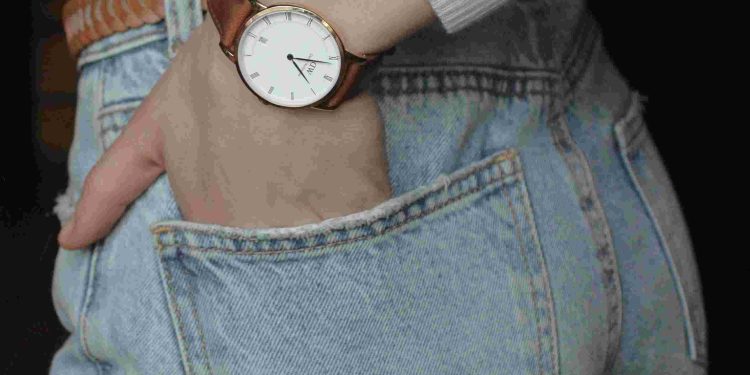Influential Fashion Icons of History
Fashion has never merely been a matter of clothes—it is a statement, a revolution, a mirror of our societal values.
From the intricate embroidery of queenly gowns to rebellious punk leather jackets, fashion icons have shaped our collective consciousness in profound ways. It’s not just about fabrics and trends; it’s about challenging tradition, pushing boundaries, and reinventing identity. The silent power of how we choose to present ourselves fascinates me personally, drawing parallels between style choices and the decisions we make in shaping cultural narratives.

Personal Reflections: Breaking Free from Fashion Norms
Growing up, I often felt constrained by societal expectations of appearance. Wearing certain statement pieces such as bold patterns felt like questioning the status quo—an act of defiance in a world obsessed with conformity. Only later did I discover the transformative power of style: how it can be a tool for self-expression, a declaration of independence, or even a subtle critique of traditional values.
One can’t help but think of Coco Chanel, who took fashion out of the corseted rigidity of the Edwardian Era and offered women the freedom of loose silhouettes. Chanel didn’t just alter stitches; she altered perspectives, proving that fashion could be as liberating as any political movement. This revelation, in turn, challenges us to ask: how much of our daily attire dictates or reflects our own mental freedom?
Challenging Conventional Mindsets: The Philosophy of Clothes
Philosophers like Roland Barthes have argued that clothing is a language, a semiotic system that conveys messages about class, gender, and identity. But why, then, do we often default to ‘safe’ choices rather than using this language for bold proclamations? Perhaps we fear misinterpretation or judgment, an idea deeply rooted in psychological conditioning.
However, history offers lessons in courage. Take the daring extravagance of Alexander McQueen, whose avant-garde designs rejected societal norms while dissecting themes of mortality, nature, and freedom. This rebellion underscores a profound truth: clothing isn’t just about looking good; it’s about challenging how we perceive ourselves and the world. As technology evolves, we might even see AI-driven designs bringing further philosophical depth to our wardrobes, offering pieces tailored to emotions or values.
Cross-Disciplinary Insights: Fashion Meets Business and Technology
The interplay between fashion, technology, and commerce is reshaping the industry. Sustainability, for example, has morphed from being a niche concern to a global imperative. Tech-driven ‘smart fabrics’ now promise both form and function, blurring the lines between art and science. Imagine a future where solar-powered dresses can extend environmental accountability into our personal style choices.
Moreover, social media platforms have democratized fashion. Icons are no longer exclusive to elite circles; influencers and digital creators now redefine what it means to ‘lead.’ This shift mirrors broader societal changes: decentralization, diversity, and inclusivity. Today’s fashion icons don’t merely wear clothes—they challenge outdated narratives, much like entrepreneurs innovating against stale business paradigms.
Actionable Advice: Becoming Your Own Fashion Icon
-
Redefine your relationship with clothes:
Treat fashion as a form of storytelling. Let each piece reflect who you are or aspire to be. -
Experiment boldly:
Don’t be afraid to challenge norms. Start with minor tweaks that gradually build confidence to make bolder statements. -
Learn from history:
Study the icons who came before you—how they transformed barriers into bridges. -
Embrace sustainable choices:
Fashion activism can begin with choosing ethically sourced materials or supporting local artisans. -
Let technology guide you:
Utilize apps and platforms to explore new trends while remaining true to your identity.
Looking Ahead: The Future of Style and Icons
The future belongs to disruption and innovation. Perhaps one day, 3D-printed garments will become the norm, enabling hyper-customization at the click of a button. Influential icons of tomorrow may arise not solely from design artistry but also from their ability to balance aesthetics with societal values such as sustainability, inclusivity, and health.
In the end, fashion’s purpose transcends mere trends—it is about empowerment, breaking cycles of tradition, and envisioning a better world. Let us embrace the legacy of history’s icons not as static figures but as dynamic inspirations pushing us toward continuous evolution.








